Establishing the right product launch process is less about getting the product in front of everyone and more about connecting with the right consumers. Continue reading “Tips for designing a product launch process for your CPG brand”
Category: b2b
3 in-store video marketing ideas to win consumers on their path to purchase
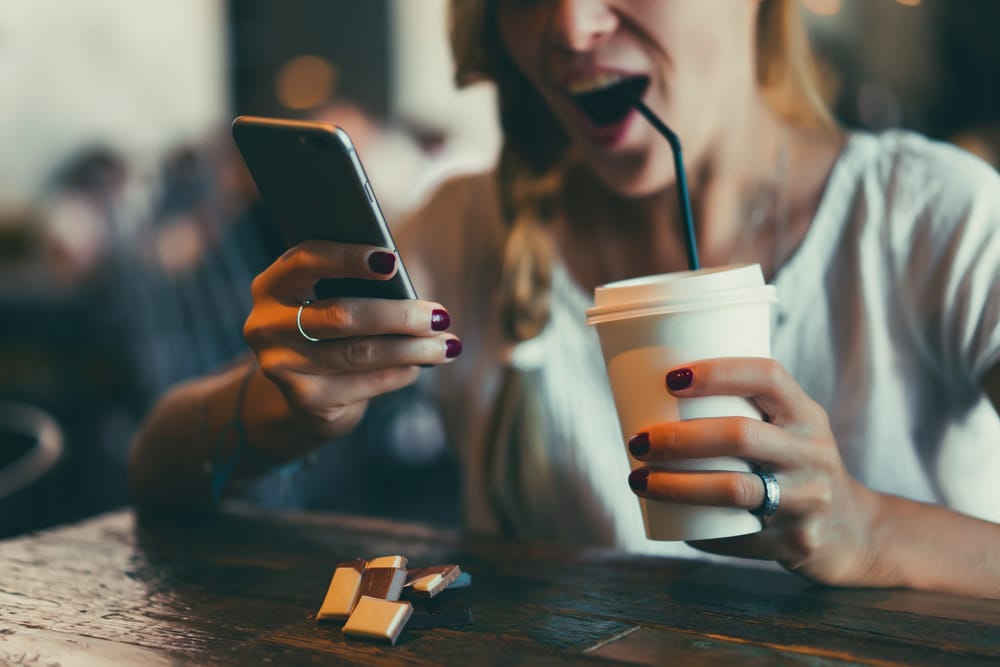
When using video marketing strategies in the shopping aisle, brands must straddle a fine line between aiding the consumer and disrupting them. Continue reading “3 in-store video marketing ideas to win consumers on their path to purchase”
Hey Siri, let’s go shopping: Holiday shopping habits survey:

‘Twas the holiday season, and all through the mall, shoppers were gathering their holiday hauls! As the most wonderful time of the year approaches, shoppers are already checking their lists (more than twice) and searching for the best deals. Continue reading “Hey Siri, let’s go shopping: Holiday shopping habits survey:”
Improving the mobile customer experience can increase sales at stores like Walmart and Target

One strategy that major retailers like Target and Walmart are using to improve the mobile customer experience is streamlining in-store shopping. Continue reading “Improving the mobile customer experience can increase sales at stores like Walmart and Target”
Incentivize the customer shopping experience with these five strategies
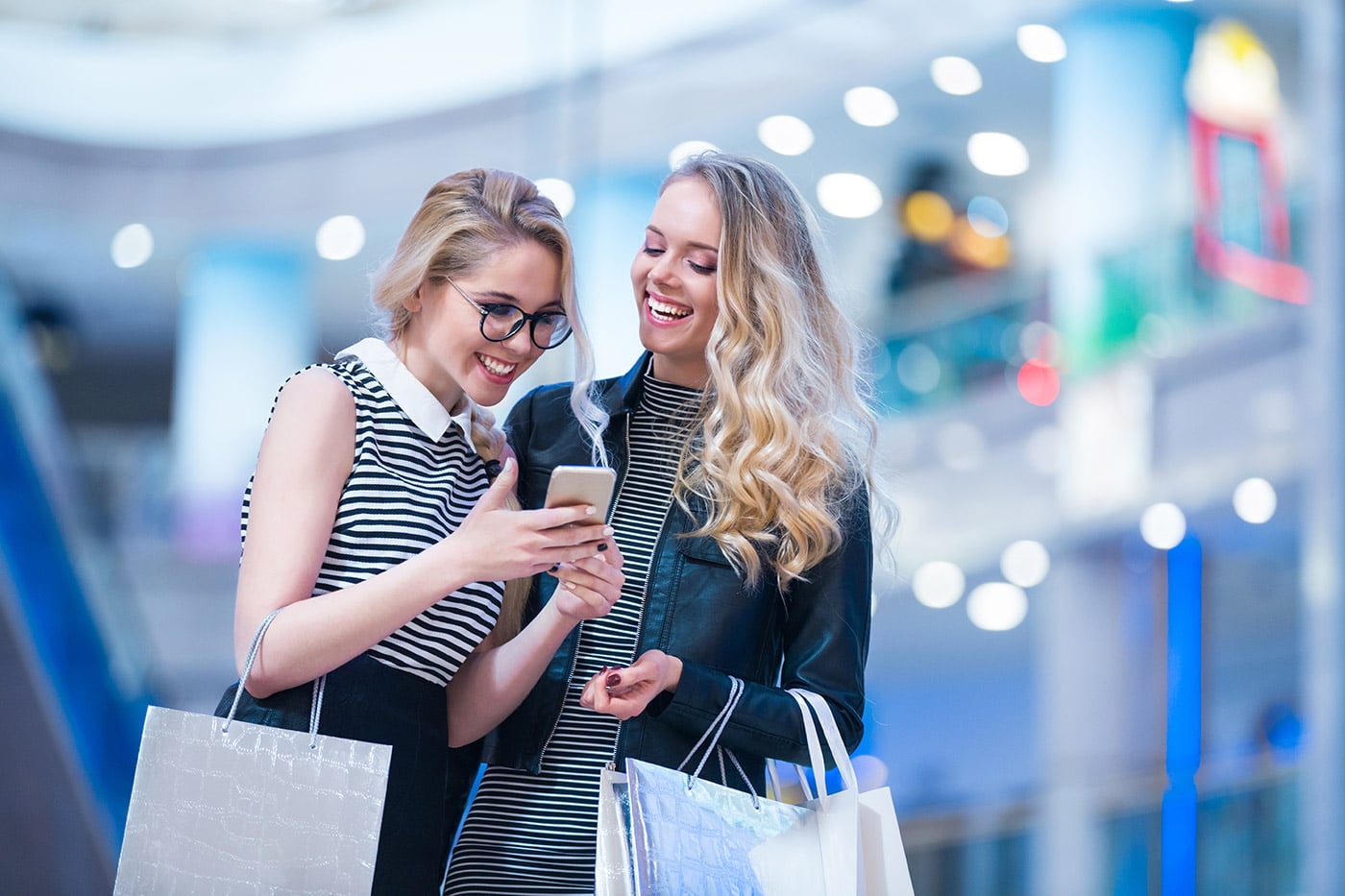
Incentivize the customer shopping experience with these five strategies
Flexible marketing allows brands to correct campaign issues as well as small oversights that often create more significant problems. In the past, marketing strategies couldn’t be as flexible as digital strategies because of restrictive physical, printed marketing materials and retailer-specific limitations. However, today’s mobile apps can offer innovative options which create flexibility in the shopping aisle and enhance the customer experience.
Flexible Marketing Strategy #1: Cater to the Customer’s Journey
These days, consumers are striving for better overall wellness. They’re making healthier decisions for themselves and their families, as well as improving their impact on the planet. These decisions influence every purchase they make. Brands want to align their marketing messages with the values and ideals consumers adopt, but it’s often difficult to translate these complex, emotional issues into useful campaigns.
The Clorox Company suffered from a deficit here when the brand rolled out its “Being human takes guts” campaign for a new probiotic product. At the center of the promotion was a motivational film focused on diversity and inclusion. The film was extremely well-done, but failed to resonate with consumers. Brand CMO Eric Reynolds noted that the film—while offering a powerful, positive message—was unable to create a connection because it didn’t do enough to address the consumer directly. The brand decided to refocus its vision for the product and is currently working to establish the product as a solution for consumers.
Larger scale, high-minded concepts make for risky campaigns as they tie a brand to a big picture that’s often difficult to change. Smaller, mobile video campaigns can provide a bit more room to pivot. These mobile campaigns can allow for both A/B testing of potential large-scale campaigns, as well as offer a way to reach out to consumers in the shopping aisle.
Brands can create smaller-scaled mobile video marketing strategies around consumer ideals, and then use mobile video platforms to gain feedback from users. Any issues with the strategy can be ironed out before investing major ad-spend into expensive channels. The input gained from these smaller video campaigns can provide insight into which larger initiatives will best engage audiences.
Meanwhile, brands can make use of video greetings to connect with consumers in the store and briefly share messages about events and issues. Both of these methods strengthen the connection between the consumer and the brand while aligning them to one purpose.
Flexible Marketing Strategy #2: Use AI to Improve Conversion
Artificial intelligence (AI) isn’t a marketing strategy in and of itself. Instead, it’s an aspect of marketing that allows brands to target their messages more effectively. A recent study has shown that use of AI in digital marketing, in general, leads to higher engagement and improved ROI. The study by Blueshift, titled ROI Of AI Marketing: 4 Levers For Cross-Channel Success, found that AI algorithms helped the firms that used them to achieve an average of 28% increase in average orders, subscription upgrades, and form completions. They also found that content recommendations by AI led to a 2x increase when compared to non-targeted messages. There are many ways AI can be used in conjunction with a campaign, including:
Improved PPC advertising:
When brands use pay-per-click or pay-per-impression advertising, costs add up if too broadly targeted. PPC advertising with AI allows brands to scale their marketing to reach the users most likely to purchase from them, based on their purchase history and needs.
Enhanced search engines:
Search engines already work off forms of artificial intelligence, in that these algorithms are designed to recreate human thought processes. AI makes it easier to decipher the context behind a search with less consumer input. An advanced program, for example, could understand that a consumer searching for “nails” is looking for acrylic nails in the beauty section, rather than metal nails in hardware, based on their search history and prior purchase behaviors.
Enhanced customer service:
AI can streamline customer service while offering a personalized experience. Chatbots are already in service for many companies and allow consumers to ask questions and get answers quickly. Through digital assistants, brands can keep the unique personal touch of natural conversations while eliminating frustrating wait times for reaching customer service.
Insights on loyalty-likelihood:
A new use for AI and machine learning allows brands to gauge the loyalty likelihood of leads. Future behavior predictions come from analyzing aggregated consumer data. This data is anonymized, so the consumer’s privacy stays secure while brands better understand what actions, interests, and demographics drive loyalty.
Flexible Marketing Strategy #3: Prime Consumers With Shopping Apps
Shopping apps can drive consumers to purchase through physical contact with products. These apps typically work through priming, which is a phenomenon that causes us to subconsciously attribute traits to certain things in our environments without realizing it.
We can see this in action through a hypothetical scenario involving Shopkick and its engaging mobile rewards app. While shopping, the consumer can view a list of featured products in which they can interact with, in exchange for free rewards points (kicks). They seek out those products and use their phone’s camera to scan the UPC and collect the kicks. The incentive creates a positive experience for the consumer, which the consumer then associates with the product they’re holding. This small interaction increases interest in the product and makes a sale more likely.
Shopping apps are typically in use by household decision makers. As such, they offer great sales opportunities for brands. They’re also scalable, in that brands can easily control costs and measure their ROI without extensive investigation. By partnering with one, or even multiple, shopping apps, brands can establish flexible marketing channels that pay dividends.
Flexible Marketing Strategy #4: Run Simultaneous Campaigns
The most iconic example of a brand pivoting following a marketing failure comes from Coke and its famous “New Coke” campaign. In 1985, the brand was losing its market lead and decided to roll out a new formula to reenergize its audience. Consumers did not like the new taste—and that’s precisely what drove the success of the campaign.
Following the introduction of the new drink, consumers began buying the old one in bulk, causing sales to increase rapidly. Nationwide protests drew media attention and established Coke as an American icon. Finally, the reintroduction of the classic version in July of that year positioned Coke as a company that listened to its consumers. It was such a flawless pivot in a marketing campaign, some assumed the brand did it on purpose. Leadership later confirmed they hadn’t; it was just a lucky accident. However, it taught all brands something about consumers and brand loyalty.
Brands may want to reach out to new audiences, but completely changing the brand’s persona can alienate loyal consumers. While in some fortunate cases, this can get them to rediscover a product, but in most they’ll abandon the brand. As today’s consumers have so many options from which to choose, it’s implausible there will be a repeat of Coke’s lucky accident. Brands considering a complete shift should think of how that will impact their existing user base.
Often, running multiple targeted campaigns is a viable solution. Adjusting the message based on different demographics can reduce the risk of alienating loyal consumers while helping brands reach new audiences. Social media campaigns offer the best path for carrying out a multi-message strategy.
Using mobile app-based platforms like Snapchat and Instagram can be very helpful for brands that want to reach out to specific groups as they shop. Snapchat is a favorite among those in the QSR industry, as it allows them to reach about 41% of all U.S. adults ages 18 to 34. Offering digital coupons or running ads on this platform is an excellent way for brands to connect with this demographic.
At the same time, brands can look to other social platforms like Pinterest or Yelp to connect with users who are older and more affluent than their Snapchat counterparts. These individuals will be more focused on quality and experience, so the brand’s message will need to change. Social media offers all brands the flexibility and scalability they need to reach both groups as they make purchase decisions.
Flexible Marketing Strategy #5: Recreate Traditional Experiences With Innovation
When asked about the disadvantages of online shopping, most consumers point out the lack of product interaction. They can’t physically handle the product to determine if it’s right for them. This barrier is particularly prevalent in industries where consumers want to try on products first, like cosmetics or clothing. It can also act as a problem when the shipping of a product is expensive or inconvenient, like in furniture sales.
For these reasons, many have looked to technology to re-create in-store experiences. Target is a prime example of this. The retailer rolled out Augmented Reality programs for both beauty and furniture with its Beauty Studio and See it in Your Space features. Through these programs, consumers are able to digitally interact with products and test them out, which removed common online shopping purchase barriers.
AR can also improve the shopping experience in the aisle, though this is in the early development stage. With an app capable of Augmented Reality, consumers could navigate a store and gain more information on the products available by merely looking at them. They could plan their shopping trip down to the item, using their phone as their roadmap to the store. By taking this technology further, they could even checkout just by leaving the store and be automatically charged for their purchases. For brands, this means an increased focus on mobile optimization is needed, even for brick-and-mortar locations. Mobile will impact all parts of the consumer’s path to purchase, from discovery to delivery, and brands need to cater to that change.
This shift to mobile-assisted shopping will allow brands to direct consumers to their products in the store, while also providing a needed service by streamlining shopping for consumers. Partnering with third-party providers working on both AR and image recognition-based apps is critical for success.
Mobile marketing allows brands to improve the customer’s shopping experience while offering flexibility. It can help brands test campaigns, resolve issues with existing ones, and create different messages under the same umbrella to reach diverse audiences. Innovations with these mobile apps could even offer brands the opportunity to redirect in-store traffic and highlight their products as consumers shop. Flexible marketing helps brands discover better, scalable ways to reach traveling consumers, improve sales, and gain market share.
Out of sight, out of mind: Three product positioning strategies designed to increase sales potential
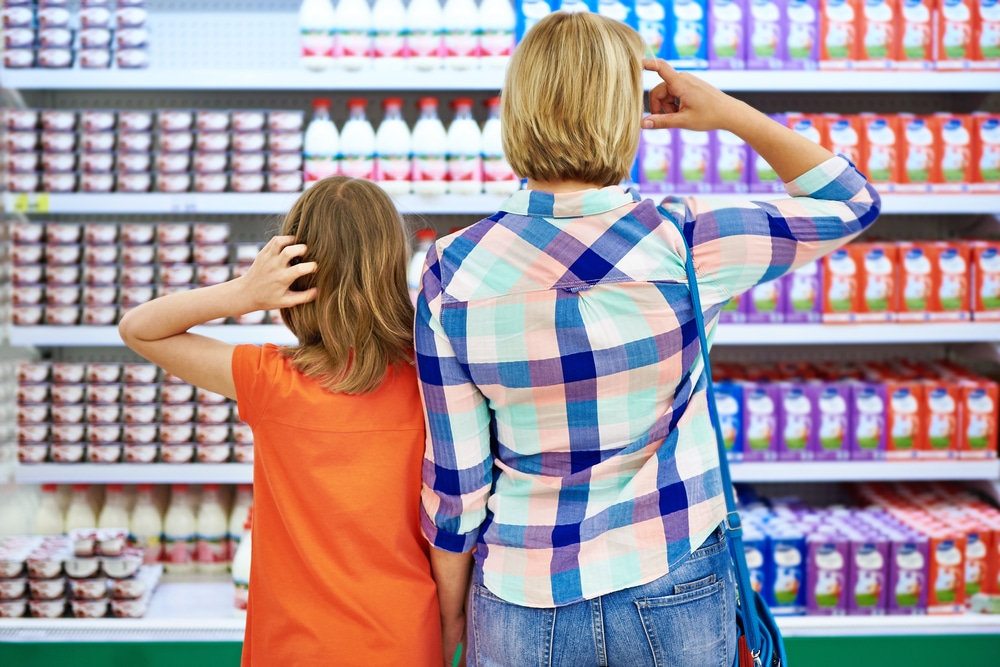
Digital product positioning strategies get consumers to approach the brand, rather than the other way around. Continue reading “Out of sight, out of mind: Three product positioning strategies designed to increase sales potential”
3 ways to leverage programmatic video advertising in your brand’s marketing plan

The mass scale of programmatic video advertising can be costly for brands as these ads are typically difficult to target. Continue reading “3 ways to leverage programmatic video advertising in your brand’s marketing plan”
Why brands should utilize customer loyalty programs in retail to incentivize the shopping experience
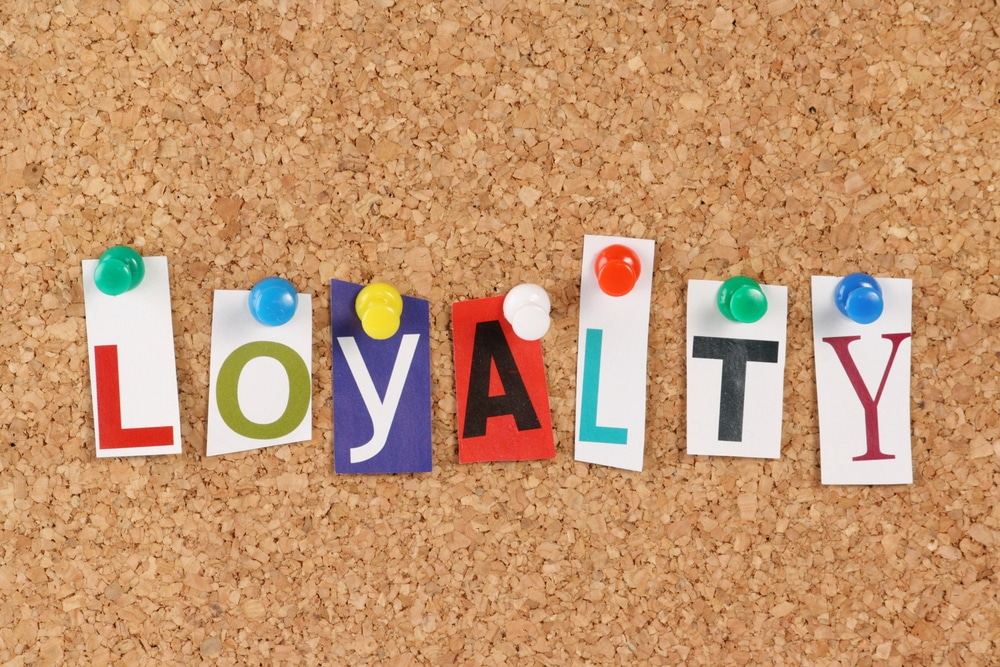
Measuring the efficacy of customer loyalty programs in retail can also help brands discover their most valuable micro-influencers. Continue reading “Why brands should utilize customer loyalty programs in retail to incentivize the shopping experience”
Ways to leverage mobile technology in retail that lead to increased eCommerce sales
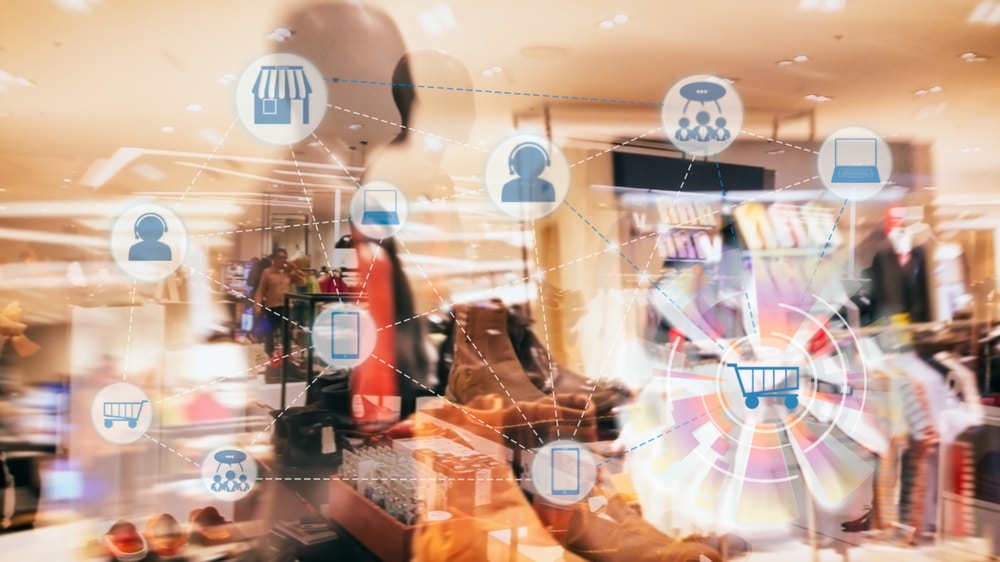
One of the incredible opportunities for mobile technology within retail is the ability to offer a service to customers in addition to a product. Continue reading “Ways to leverage mobile technology in retail that lead to increased eCommerce sales”
Leveraging 2D image recognition technology in retail can lead to increased sales potential
Leveraging 2D image recognition technology in retail can lead to increased sales potential
Developments in artificial intelligence have led to a greater understanding of the potential of image recognition technology. Industry-wide, businesses are seeing the benefits this type of tech creates from supply chain management to brand growth strategies. While it’s still in its infancy, the potential impact of image recognition on the entire consumer buying process is limitless.
Image recognition shows strong potential to increase sales both in the shopping aisle and online. It offers a way for brands to connect with consumers through their phones’ cameras. It’s also a means of reducing the length of the purchase funnel to increase sales rates. Image recognition technology will become critical to marketers in the years to come as this type of innovation has the ability to impact an entire industry.
The Role of AI in Image Recognition
Image recognition processes run on data. A system must be able to review the various dimensions of an image, and then parse through millions of other photos to find a match. This technology must also understand the context in these photos; or in other words, why the consumer is searching. Artificial intelligence is a critical part of this process.
AI algorithms make it possible to review millions of images in an instant and select the most fitting result. This search process is evolving in the same way that search engines did. Before Google, consumers used web crawlers and other platforms to search based on keywords. However, these platforms worked strictly off flawed keyword systems. Posts with the highest count of a specific keyword were shown first—often with a heavy bias towards that individual crawlers’ sponsors.
Then, Google rolled out an algorithm that was designed not just to look for keywords, but to seek out quality. Using data from millions of existing searches, they found a way to give these keywords context and better understand not just what the consumers were searching for, but why they searched in the first place.
Image search is evolving similarly. In the earliest phase, image recognition was limited to finding only 100% identical pictures based strictly on pixels and size. Now, image searches have grown more sophisticated. For example, an individual can first submit an image taken with their phone. Next, the algorithm will seek out individual items found within that image and return with useful and informative product information on them.
Establishing Image Recognition as an Online Shopping Tool
Limiting purchase steps reduces cart abandonment. Amazon realized this when developing their “1-Click” ordering option, which proved very successful. Through this process, they were able to overcome common issues that lead to cart abandonment before purchase.
Excessive advertisements:
Pop up and banner ads cause 62% of consumers to have a lower opinion of a retailer as they believe this means the customer experience is not a priority. Consumers find ads that interrupt their purchases frustrating and unnecessary, leading to a common cause of cart abandonment.
Excessive form fills:
Having to fill out redundant information—whether it’s a matter of excess forms or system glitches—will cause 63% of consumers to abandon their carts when shopping via mobile. Requiring customers to fill out excessive information without offering an auto-fill option will cause them to search for products elsewhere.
Difficult navigation:
Site navigation remains one of the top causes of cart abandonment. Consumers can’t buy what they can’t find, and will leave a website quickly if they’re unable to easily navigate the site and select items freely.
These three reasons are the primary factors in why 70% of carts are abandoned before purchase, so retailers and brands need to consider ways to work around them; image recognition technology can help.
Snapchat shows us how image recognition can help overcome hurdles in online shopping. The image-based messaging platform recently partnered with Amazon to provide a more seamless shopping experience. Users of the platform can first take photos with their smartphones, and then use these photos to find similar items on Amazon. This process eliminates the conventional barriers in regular online shopping by factoring in three crucial steps.
Optimizing for mobile:
While Amazon makes use of banners and other sidebar advertisements, the mobile app streamlines the page to focus on the item the consumer searched for while minimizing ad space. Mobile optimization ensures that the product the consumer wants to find is front-and-center.
Auto-filling info:
Consumers can link their Snapchat to their Amazon account, meaning they will have all their information pre-filled and can quickly check-out via 1-Click or standard options.
Simplifying navigation:
Navigation is streamlined by putting the search in the consumer’s hands. All an individual must do is upload a single photo, and the system will find several matches that they can quickly browse and purchase.
Creating Better In-Store Experiences Through Camera-Based Mobile Apps
Consumers love taking pictures. Between Instagram and Facebook, they upload an estimated 445 million photos every single day. As consumers have shown their willingness to use their phone’s cameras, brands should seek out ways to leverage this. Image recognition technology can provide a medium for brands and retailers to deliver helpful and engaging experiences while consumers are in the store. The use of image recognition technology allows consumers to gain information about products, in addition to other incentives which may include:
Rewards points:
Shopkick offers kicks, or rewards points, to the consumers that use the app. By using their smartphones to scan and interact with items in the store, Shopkick users can collect rewards points and later redeem them for gift cards. This strategy acts as a way to engage consumers in the store and direct them to specific products.
Product details:
The ability to take an image of a product and gain information about it could be particularly useful for patrons with disabilities, especially those with mobility issues. These consumers could use a mobile app image recognition system to view product information up close, even when they can’t reach it. In this use, the product image would replace the barcode, making the label itself that product’s unique identifier that unlocks information like ingredients, prices, and expiration dates.
Price comparisons:
Using an image recognition program, consumers could take a photo of a product in the store and then gain information on similar products, as well as the costs and availability for that location and others.
Customer reviews:
Consumers trying something new may want to know how other consumers have enjoyed the product. Image recognition software can help them to locate customer reviews online, and to ultimately determine if that product is right for them.
Deals and events:
It’s possible to create deals and events around the image recognition technology consumers use in the store. A brand wanting to introduce a new product, for example, may notify consumers of a coupon or offer on that product when they upload a photo of it. This gamified experience can increase engagement and new product awareness, which will help improve its launch success potential.
The Growing Role of Image Recognition Technology in Retail and CPG
Often, retail marketing technology evolves from technology used to improve production and supply chain management. This was the case with barcodes, which were used for faster inventory management and customer checkout. However, over the years, barcodes expanded into the marketing category, as consumers began using them to participate in rewards programs or gain information in the store.
Image recognition technology is seeing the same evolution now. One of its earliest practical uses in retail occurred before products even hit store shelves. Visual pattern recognition, the precursor to image recognition, made it possible to quickly review massive amounts of freight for both quality and quantity. The system could also make recommendations to correct issues, essentially becoming quality control hubs in the shipping process. This type of technology has also been tested on store shelves to allow retailers to track products and determine if automatic reorders are necessary.
More innovations in image recognition technology are expected in the years to come, as many of these applications become consumer-facing. One unique use involved combining image recognition with other innovative systems to create checkout-free shopping. Amazon rolled out this type of arrangement with the Amazon Go store concept.
These convenience stores allow customers to select items off store shelves, place them in their cart, and simply leave when they’re finished shopping. The consumers pay through their Amazon app, meaning that they never have to wait in line or even take out their wallets. All of their purchases are tracked and managed through image recognition technology, artificial intelligence, and smart sensors. Amazon has had so much success with this concept that it’s reported they plan to open up to 3,000 stores by 2021.
Partnering for the Future of Image Recognition
Image recognition requires a lot of data which is why most brands and retailers use strategic partnerships to leverage it. These partnerships support everything from massive supply chain management programs to smaller-scale mobile app marketing campaigns. Brands will want to take advantage of this new technology as it continues to evolve, so this is the time to start seeking out partnerships. Third-party mobile apps can be an excellent place to begin testing this type of campaign, as they are scalable, easy to implement, and have existing audiences.
Creating proprietary apps around image recognition technology isn’t quite as easy as partnering, but this will change as technology improves. Already, several social media sites have developed tools for use with image recognition.
Image recognition technology is not just a new aspect of the retail industry. It’s poised to impact every segment of it, from supply chain to consumer purchase. The sales potential of this technology is almost infinite, as the consumer shopping experience both online and in the shopping aisle is simplified and improved. Third-party partnerships can offer an opportunity for brands who want to prepare for the future of shopping with image recognition.
3 holiday marketing strategies to increase sales this season
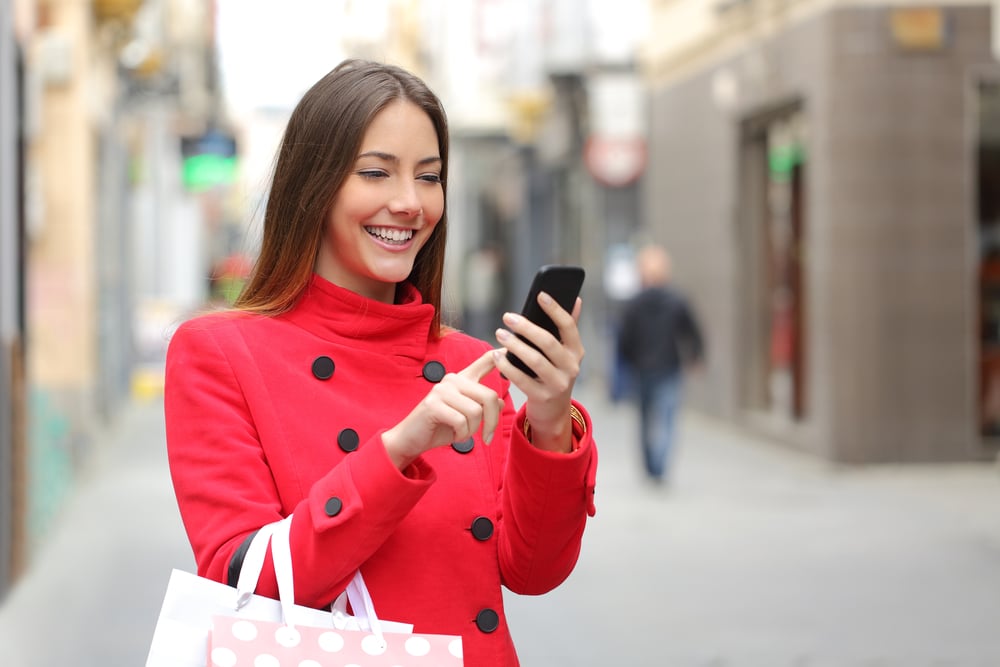
Holiday marketing strategies for 2018 should revolve around the technology consumers purchased at 2017’s end, as these new devices are speeding the consumer path to purchase. Continue reading “3 holiday marketing strategies to increase sales this season”
How your brand can leverage its influences on consumer behavior
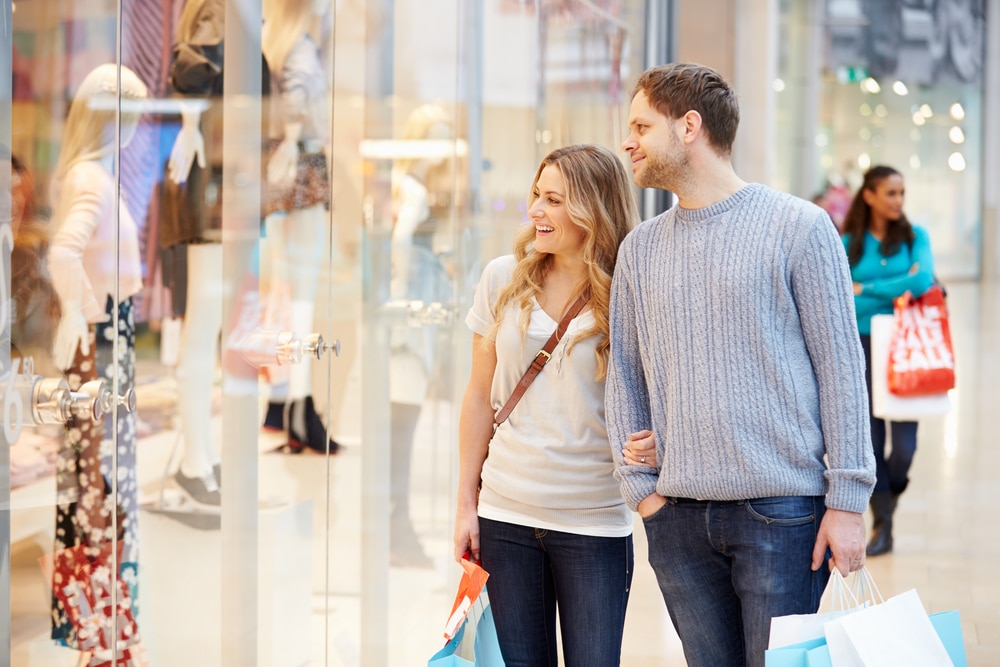
Internal and external influences on consumer behavior can completely shift their perception of a brand in an instant. Continue reading “How your brand can leverage its influences on consumer behavior”

